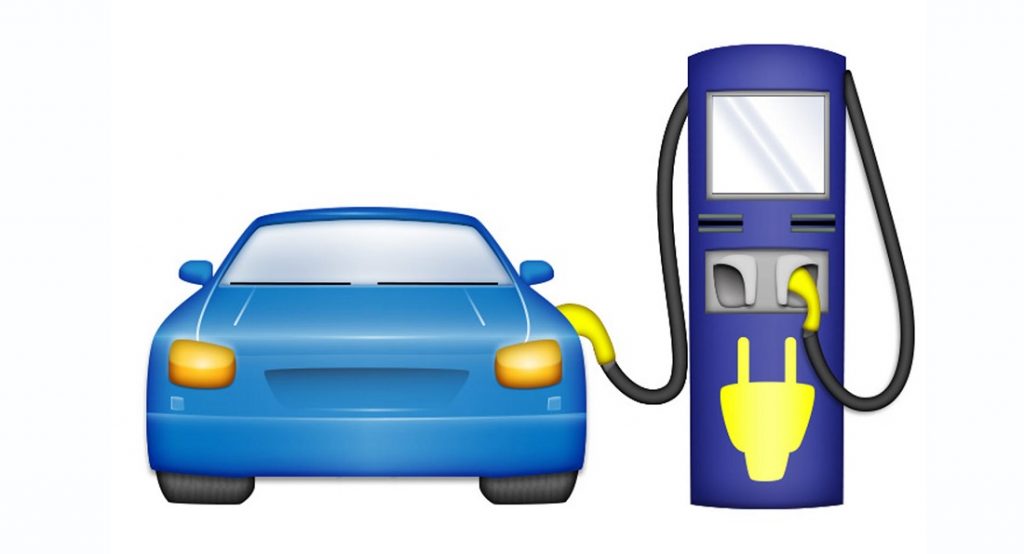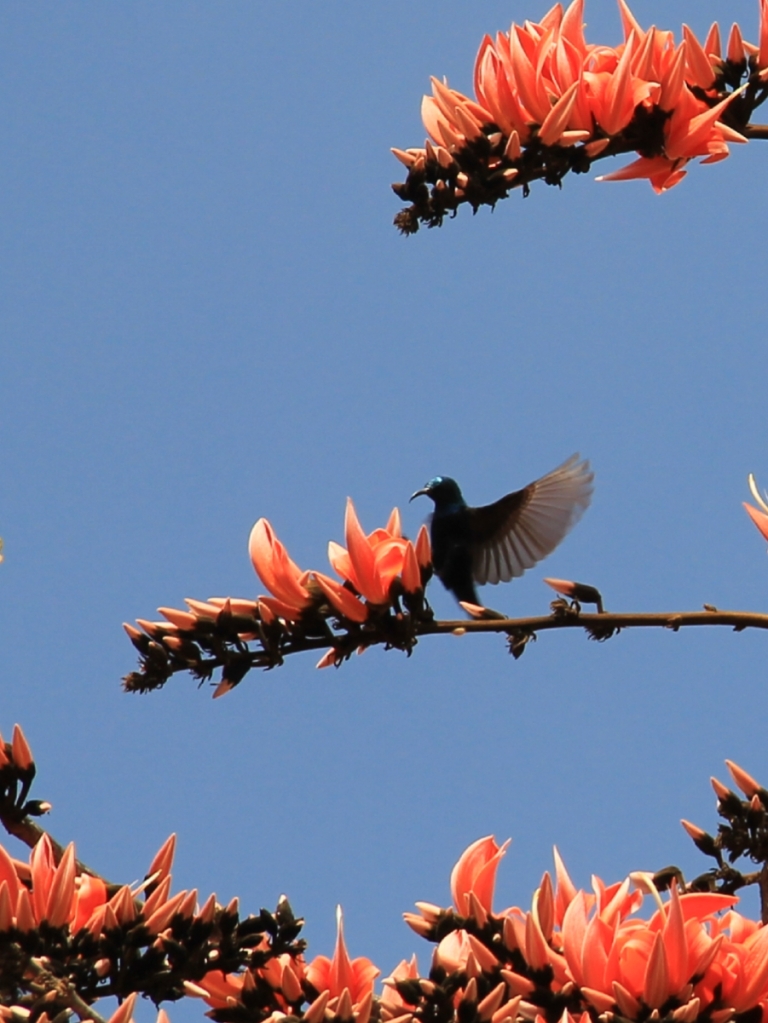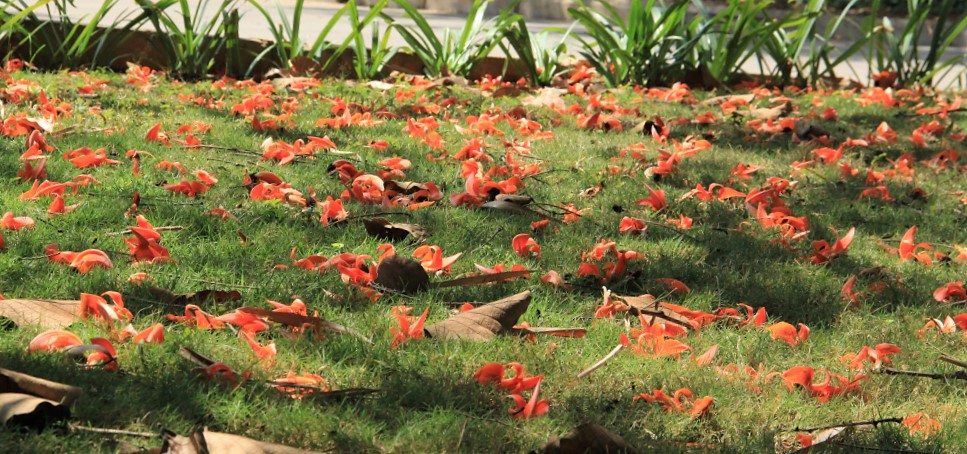India’s thirst for EVs (Electric Vehicles) received a major push in India’s Union Budget of 2019-20, and is expected to improve further in the budget of 2020-21 and thenceforth.
In March 2019, India’s union cabinet approved setting up of a National Mission on Transformative Mobility and Battery Storage, to drive clean, connected, shared, sustainable and holistic mobility initiatives. The proposed capacity target for lithium-ion battery-manufacturing base has been raised to 50GW from 40GW. The government is in the process of tendering for set up of 50GW battery manufacturing base at around US$50 billion investment.
While this is good news, there is total ignorance among majority of general public.
“At Mahindra AGM our shareholders asked us when are we getting into EVs. If after producing and selling EVs for 9 yrs, after having 5,000 eCars on the Indian roads, after 135 M eMiles behind us if our share holders don’t know that we make EVs, we have failed in our communication,” said Dr Pawan Goenka, the head of Mahindra, a day after the recent AGM in Mumbai. Mahindra have the most diversified indigenous range of e-auto products in India currently – the sedan E-verito, e-Supro minivan and E2O+ Hatch as also 3-Ws Treo and e-Alfa mini. Mahindra is setting up an advanced Lithium-ion battery plant along with the Korean LG Chem at Chakan near Pune – half-a-million modules per year.
Indian rules say that assembling cells within the geography of the country is enough to quality under Make-in-India. This means, the cells are imported – largely from Taiwan and China, and doesn’t have the competence to manufacture the cells itself. The recent COVID-19 situation and resultant lockdown in China has led to severe shortages of various types of rawmaterial used in a wide variety of industries, including EVs – prompting Mahindra to state that BSVI roll-out would be delayed, while mobile companies said they could shut for at least a 10 days – if things don’t improve at China and components supply is hampered further.
In an already weak manufacturing situation (Auto sales down ~40% in 2019-20), this is the last thing that industries had expected / wanted. But viruses have a mind of their own, and our minds are clouded. This was an opportunity for Indian industries to step-up and grab their share of the global market. Well, elephants seldom dance, let alone fly, and panic when in stress; Elephants are cute and majestic, though!
A lithium-ion battery accounts for 40% of the total cost of an EV. Toshiba-Denso-Suzuki JV has invested in a 1,100 cr lant in Gujarat for Li-ion batteries. Panasonic plans to step into this field as well. an EV battery manufacturing set-up could cost ~200 crores, which only deep pockets can afford. While collaboration could mitigate the technology development costs, everyone prefers to climb the wall to discover the struggle for themselves. Mahindra on its part is willing to find synergies with Tata Motors.

The recent Auto Expo 2020 at Noida in Feb, threw up 18 EV startups and their wares – autos, mopeds, bikes, scooters and a Bus. Of all, only one was Arai certified, the rest being concepts. AutoExpo 2019 had 11 startups, but majority of them haven’t seen significant growth nor have captured the market.
Large Auto companies – Mahindra, Tata motors, Maruti and Volkswagen too displayed their current options and concepts; remains to be seen how these get accepted by the public. In the period Apr-Dec 2019, only 1,554 4W EVs were sold! A host of launches were made by Kia, Tata and Hyundai, and their marketability remains to be seen, in the tepid waters. The fate of EVs from BMW, Mercedes is anybody’s guess. An improvement in the EV market was the jump in sales – 2017: 56,000 EVs, 2018-19: 759,000 EVs – mostly in 2W and 3W. The crux is – individual 4W-EVs sales is not forging ahead as anticipated and the current numbers are largely of call-rider companies purchases. Experts believe that current crop of 4W-EVs are at best a second car, and the first time buyer or first choice of car still will continue to be powered by fossil-fuel. How many can afford a Tesla Electric in the world?
Hero Electric (11 2W-EV models!) is gingerly testing waters; Bajaj went retro and announced an Electric version of the legendary Chetak (remember Buland Bharat ki Buland Tasveer? but how Hamara will this Bajaj be, with Rajiv hating the e-word). Elsewhere in the globe, Sony built a Vision-S car; so why not our own Micromax build a Revolt bike? Should big boys have all the e-fun?! Yulu is a flimsy moped, but it is in shared rides cocoon with limited mobility, I was petrified riding one for 300-mtrs at a stretch. Then there are the Okinawa, Battre, Ultraviolette, Tork… all e-attempting. There is a star, though, in Ather, powered by ex-Flipkart’s Bansals, Tiger Global and Hero Motocorp, which seems to be leading in the 2-W market for now, and intends to invest Rs 635 crores for a manufacturing plant at Hosur, which will double their current capacity of 40,000 2-W-EVs pa., and have reportedly invested in putting-up 40 public charge stations in Bangalore and Chennai.
Given the cost of charging infrastructure, Govt needs to step in to bolster this critical public infra countrywide (2,346 charging stations in 24 states is a slow start), if it is serious about 2030 deadline (hope it doesn’t peter out like the recent Plastics Ban fiasco!). At present, at SMEV there are 28 EV manufacturing companies in their fold while the rest of the total 72 members are into components alone. https://www.smev.in/smev-members. Can a startup rise to manufacture charging stations in India? An exuberant elephant calf, perhaps?
How green is my power? If fossil fuels are responsible for increase of CO2 in the atmosphere, Coal is a co-culprit with 40% contribution. Besides, when burnt, coal produces pollutants like sulfurdioxide, mercury, and particulate matter which result in acid-rain and damage the environment. Not to mention serious ecological damage done to the forests due to mining and transport. In India, 62.80% is generated by thermal plants, Hydro and Nuclear provide 12 and 2% respectively, while Renewable power is a healthy 23%.
Alternate energy: When we talk of energy sources like Hydel, Solar, Wind and Nuclear energy, they seem to be the best solution. But are they? It is laudable that UN sees India leading the global thrust, but it still doesn’t feature in the list of top 10 countries that are ready to transition into a secure, sustainable, reliable, and affordable alternate energy future. According to WEF, 81% of global energy systems is still dependent on fossil fuels and so is India. Solar panels have a life of say, 25 years, with diminishing performance and degrading of panels; then what? What to do with these panels… manufacturers like Tata Solar, Vikram, Emvee, have no clue, yet. US and Europe are in planning stages with pilots running. Though the panel (made of glass, silicon, plastic and aluminium) is recyclable, it is difficult to extract the web of metals to reuse, and could end up in landfills; but then – where is so much of land? Wind Farms are falling out of favour – with erratic wind patterns, poor generation and transmission losses, maintenance glitches, high initial infra cost coupled with mounting financial burden, not to mention damage to sensitive eco-system in remote areas (dizzy wild animals, dying bees, et al). EV’s batteries are made largely of Lithum which is again a mined RE metal with limited resources worldwide.
Clear Policies: Indian Govt specifically needs to focus on reducing imported parts for EVs if the local industry (already reeling on slackened auto market) has to find their mojo once again. Incentivising home-production and increasing duty on imported CBUs, parts and components, will be a good start – given that EVs require ~800 lesser auto-components than conventional ones (a survey in Germany found out and that it could also mean a million-job-loss). Increasing common charging points in public spaces, a specific policy for end of life battery cases and solar panels that cannot be recycled must be put in place forthwith, or else we will be filling the Earth with more toxins and rare-earth substances in an effort to save fossil fuels!
Alternate Green energy: ET Energy quotes TERI in a recent article, that India’s 18 sq km surface area of reservoirs has the potential to generate 280 GW of solar power, using floatovoltaics; this report was tabled at the recent World Sustainable Development Summit 2020; given the high costs of land acquisition this seems to be an alternate to generating green-energy. China, Japan and South Korea are said to be leaders of this floating-power-generation technology, while UK has the world’s largest farm. Floating Solar Farms, of 50 MW to shortly take-off in Kerala by National Hydro Power Corpn; but before rushing to establish this unique tech, must consider possible ecological damage to the biodiversity and aquatic life. In a study of one such farm by Kyocera TCL Solar LLC at the Yamakura Dam reservoir in Japan found reduction in algal blooms reduced evaporation of water, and the blocking of UV rays, while being difficult to maintain and prone to damage, but on the plus side, the panels generated more power being cooled by the waters below.
All in all, a holistic approach is necessary to:
- Conserve Fossil fuels, reduce dependency
- Limit environment pollution, preserve natural resources, restore ecology
- Devise concrete plans for alternate energy sources
- Clear road-map for Electric vehicles and public e-Charging infra
- Wean away from external dependence for parts and components
- Allow for healthy co-existence of conventional and EVs
- Promote clean affordable energy
- Policies for recycling end-of-life products
Views are own; info from various sources including domestic and international Media, MNRE, Govts, UN, UNEP, WEF





